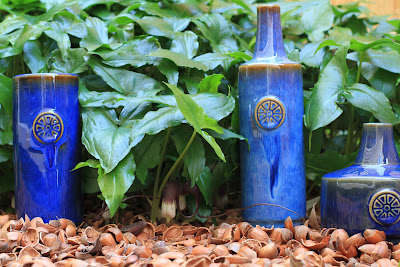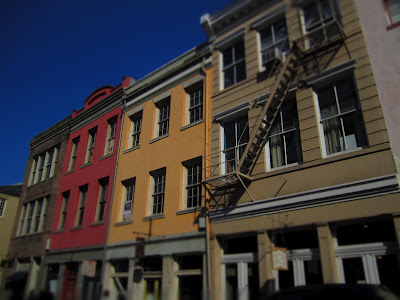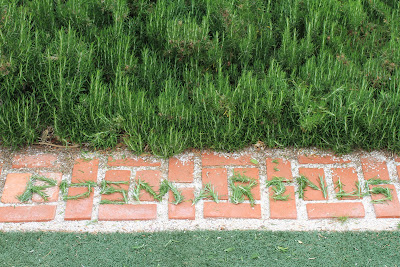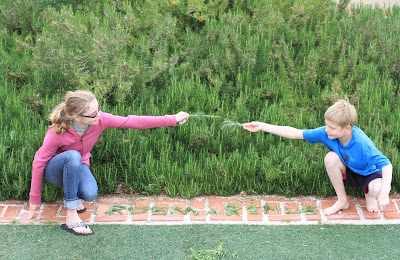

Besides being struck by the architecture and ambience of the French Quarter, we couldn’t stop drooling over the beautiful, and quite large, Live Oak trees (Quercus virginiana) in New Orleans. Of course, great examples can be found in parks and, in particular, in Audubon Park and City Park, two parks we visited.
On many live oaks you will find Spanish Moss (Tillandsia usneoides) and Resurrection Fern (Pleopeltis polypodiodes). The Spanish Moss sways in the breeze giving the massive trees a gentle and dreamy look.
City Park has some of the oldest Live Oaks in the world, some between 600 and 800 years old! Inside City Park, next to the New Orleans Museum of Art there is a beautiful sculpture garden with free entry, The Sdyney and Walda Besthoff Sculpture Garden, where we attempted to spell out Tillandsia. A large branch full of T. usneoides was lying on the ground and this is where we gathered the spelling material.
The genus Tillandsia is “[n]amed in honor of the Swedish physician Elias Erici Tillands (Tillander, Tillandz, Til-Landz, Til-Lands), 1640-1693, botanist, Dr. med. Leiden 1670, professor of medicine at Åbo, wrote Diputatio de atrophia.” [Quattrocchi]. The species epithet, usneoides, refers to the fact that this plan ressembles Usnea, a lichen. T usneoides is in the Bromeliacea (the bromeliad) family and includes terrestial plants like the pineapple and epiphytic plants like T. usneoides which gather water from their leaves.
Spanish Moss on Oak with Arnaldo Pomodoro (1926 - ) - Una Battaglia (A Battle) 1971
The Sdyney and Walda Besthoff Sculpture Garden
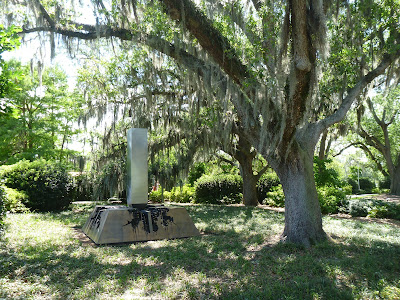
Spanish Moss on Oak with Gaston Lachaise (1882 - 1935) - Heroic Man, 1930-34
The Sdyney and Walda Besthoff Sculpture Garden

Tillandsia usneoides Flowers, Right with “Average?” Thumb for Scale


Live Oak Information – City Park Botanical Garden, New Orleans


